 (Post)-colonial livestock breeding in Namibia
(Post)-colonial livestock breeding in Namibia
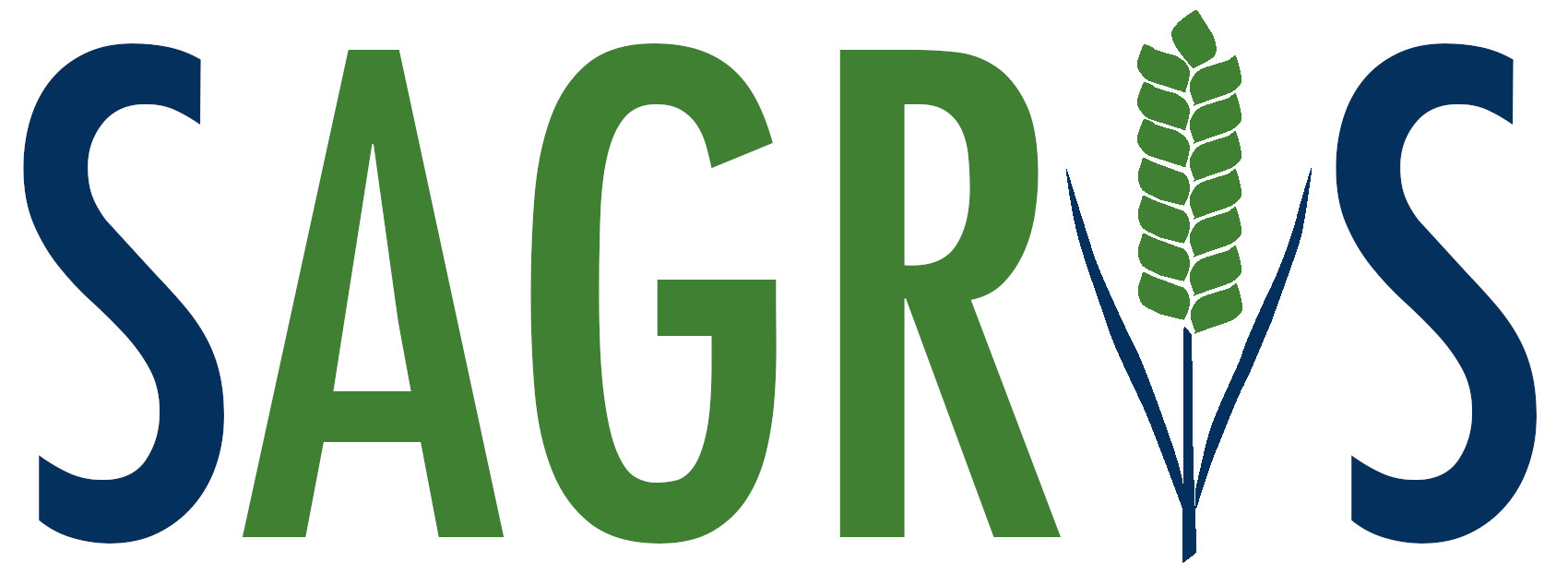 SAGRIS
SAGRIS
2020-2023 Erasmus+ Programme of the European Union
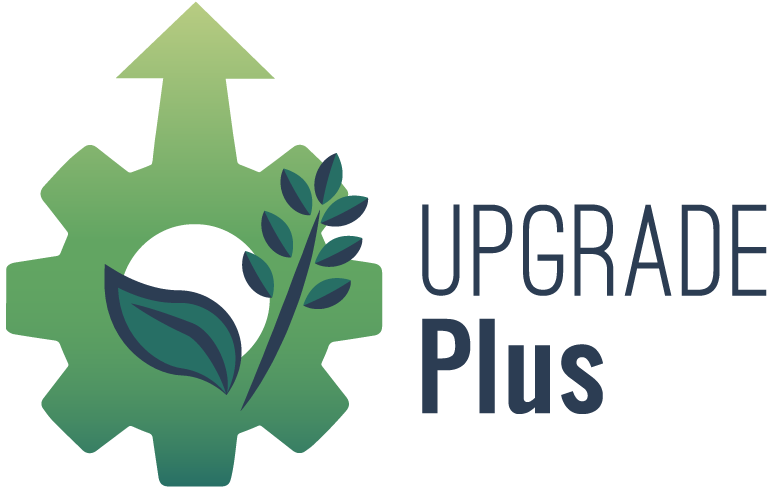 2018–2020 BLE / BMEL
2018–2020 BLE / BMEL

RELOAD
2013–2018 BMBF GlobE
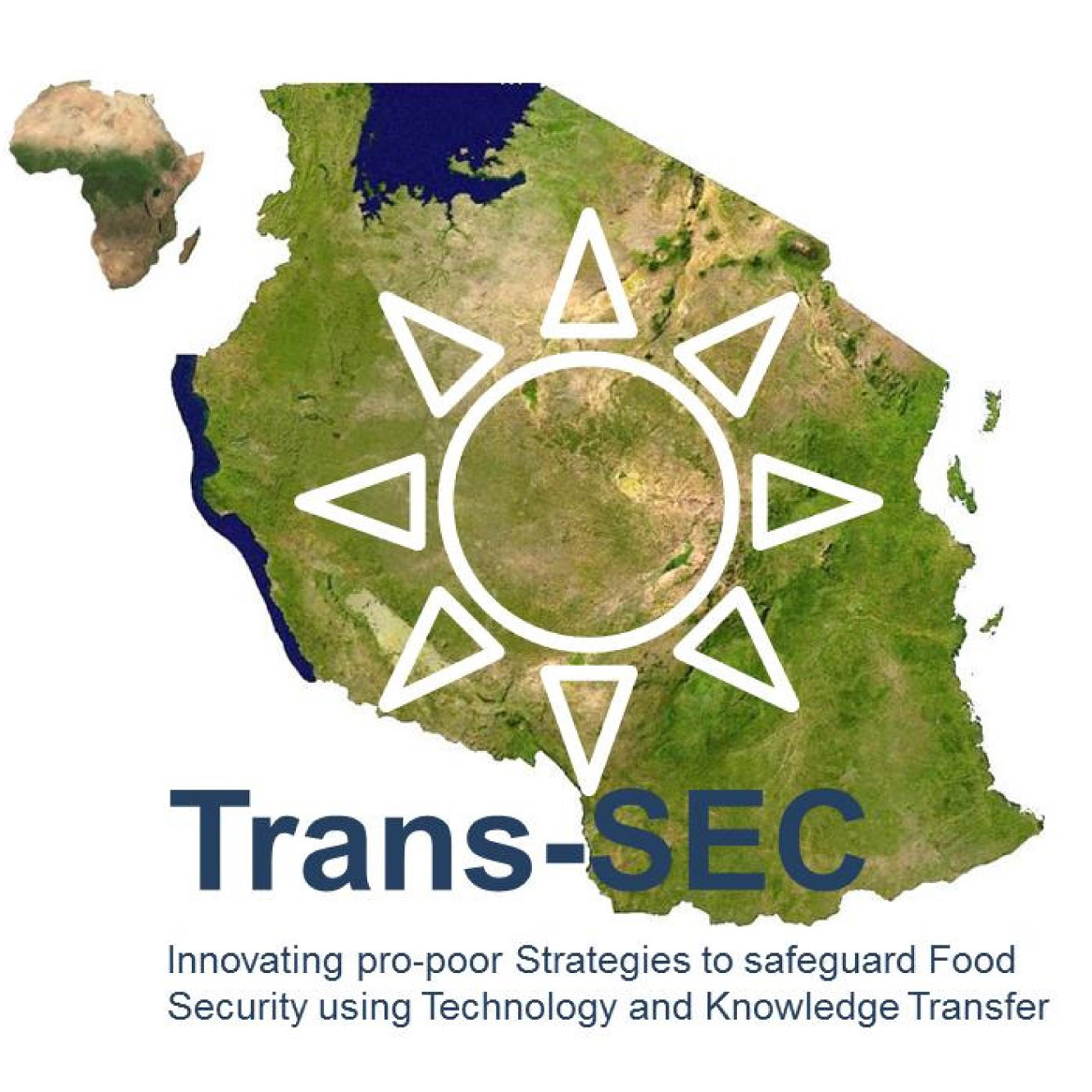
Trans-SEC
2013–2018 BMBF GlobE
International Centre for Development and Decent Work (ICDD)

2009–2019 BMZ / DAAD
Coalition of European Lobbies for Eastern African Pastoralism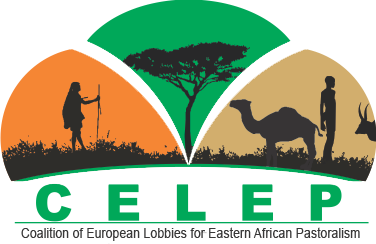
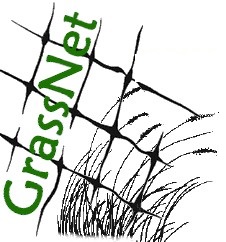
2011–2015 BMZ / giz-BEAF GrassNet spin-off
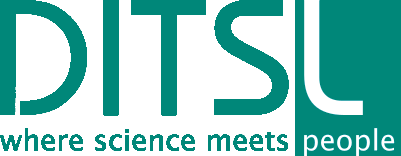

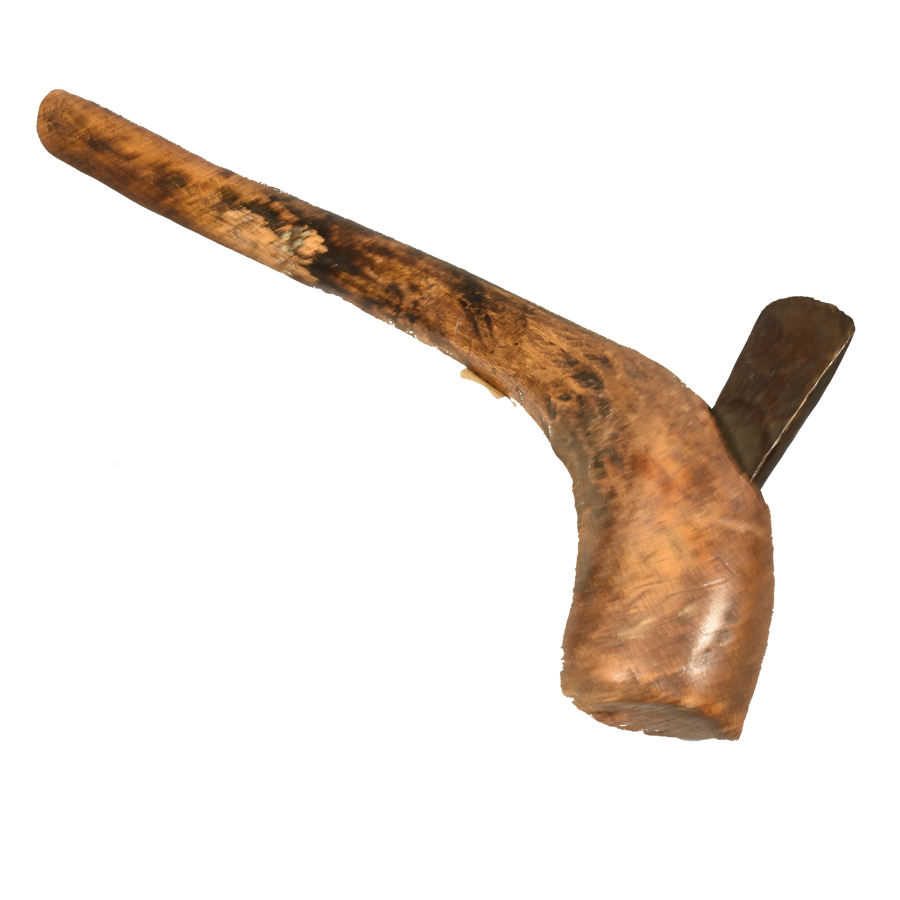




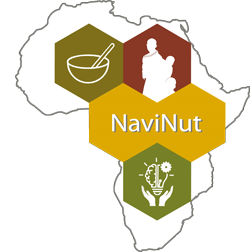 NaviNut
NaviNut